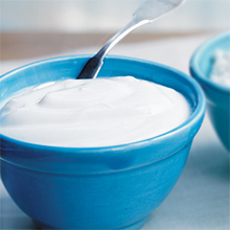|
|
| Welcome to the MIT team Wiki for iGEM 2008
- iGEM is the international Genetically Engineered Machines competition.
- The objective of the competition is to design and build an engineered biological system using [http://en.wikipedia.org/wiki/DNA DNA].
- To see examples of the amazing possibilities of iGEM, check out last years [http://parts.mit.edu/igem07/index.php/Main_Page iGEM page]
- Read our promotional brochure to learn about synthetic biology at MIT (front and back).
- iGEM at MIT is possible because of outside support, contact Tom Knight (tk [at] mit.edu) to help out!
- iGEM at MIT is partly supported by the [http://web.mit.edu/urop/basicinfo/ Undergraduate Research Opportunity Program] and faculty including Drew Endy and Tom Knight.
- We guarantee UROP funding for undergrads. We need help to continue supporting undergrads, paying registration fees, and supplying lab reagents.
- Read more about our team on our fundraising notebook
|
Project Description
Our goal is to engineer yogurt bacteria to prevent cavities.
Biogurt: A Sustainable and Savory Drug Delivery System
Streptococcus mutans, the main cause of dental caries, binds to glycoproteins on the biofilm covering teeth. A clinical study (Kelly CG et al.; Nature Biotechnol. 1999) isolated the protein that S.mutans uses to attach to the teeth and isolated the 20aa functional segment (p1025) that actually binds to the glycoproteins. When p1025 is added to the environment, it competitively inhibits the binding of S.mutans, causing other (unharmful) bacteria to grow in its place. This was found to prevent the recolonization of S.mutans for about 90 days.
We are engineering Lactobacillus bulgaricus, a bacteria commonly found in yogurt, to produce and secrete this peptide under a promoter activated by lactose.
The peptide could simply be added to any food. But, since production of this peptide by L. bulgaricus is independent, inserting the gene into live bacteria in yogurt will enable continuous production. This means that this delivery system is sustainable. Since a new batch of yogurt can be made using the bacteria from a small saved amount of the old batch, a continuous supply of teeth-cleaning yogurt will be made available immediately once the first batch is successfully engineered. This could be the key to surpassing concerts of cost and availability of necessary and effective dental health care in small-scale, underdeveloped rural communities, especially those for which yogurt is already an integral part of the diet.
Also, the p1025 gene could be replaced by any other gene, so this same expression system through L.bulgaricus can be used to produce other useful peptides for nutritional or health purposes. Yogurt with modified bacteria will provide a cheap, efficient, and delicious way to distribute vitamins, vaccines and more.
 "
"

